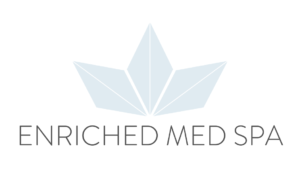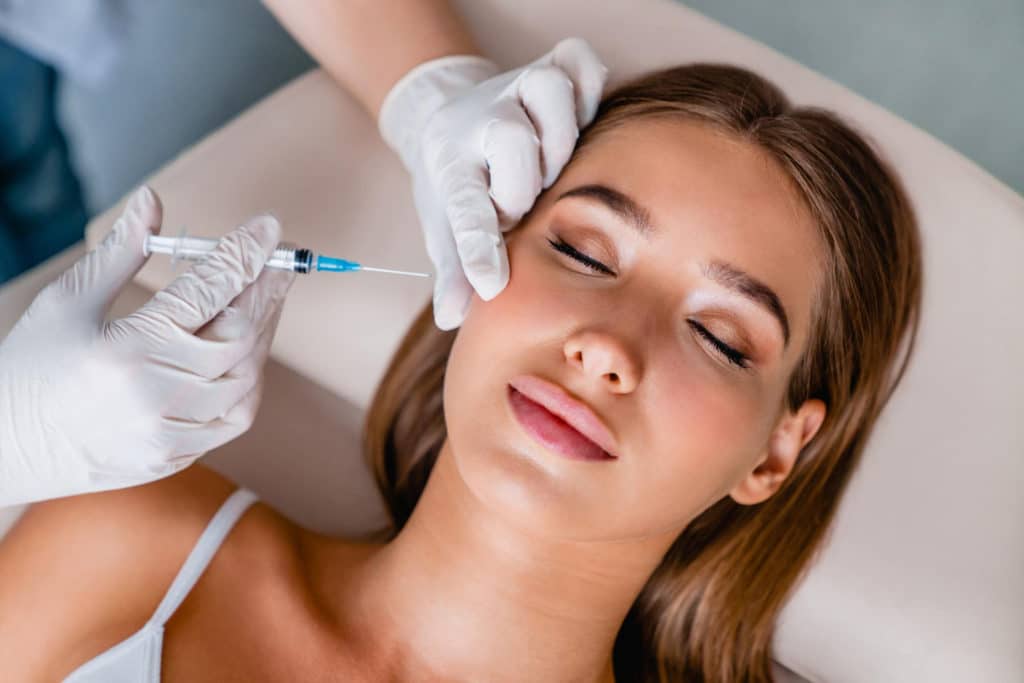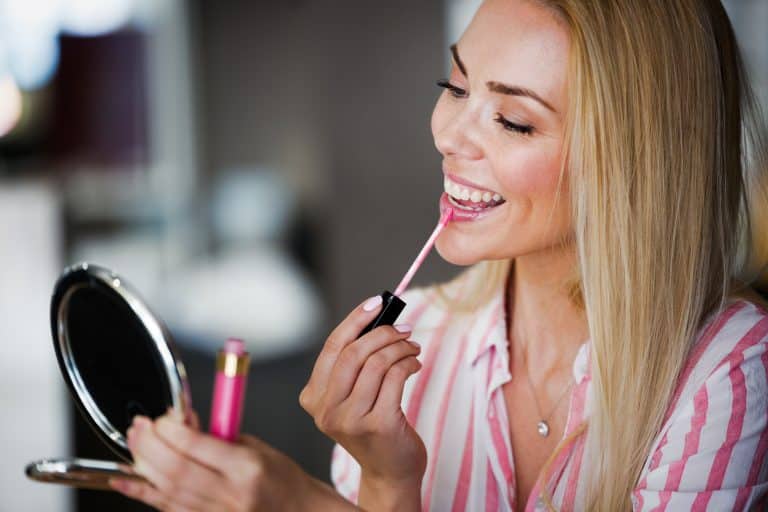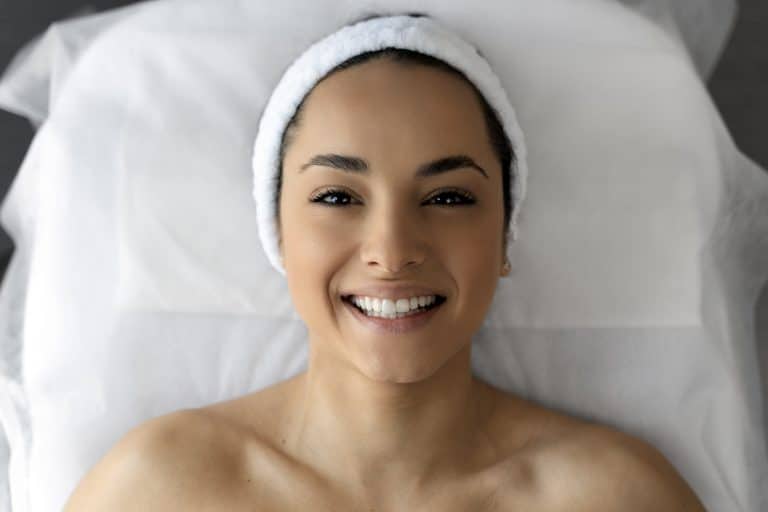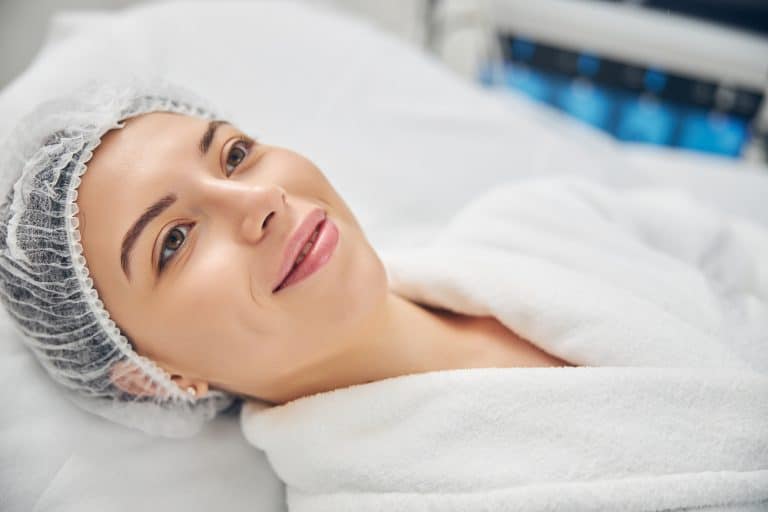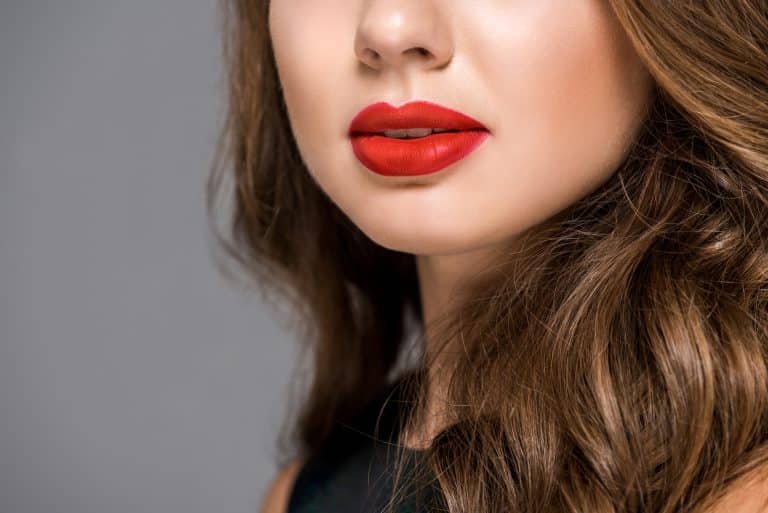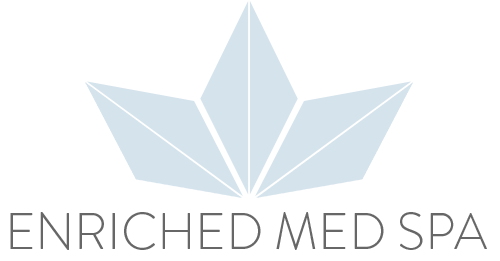Botox injections are a popular cosmetic procedure that involves injecting small doses of botulinum toxin into the targeted muscles to produce smoother, younger-looking skin. Botulinum toxin operates by blocking the release of acetylcholine, a neurotransmitter that triggers muscle contraction. By relaxing the muscles, Botox helps reduce the appearance of fine lines and wrinkles. However, most patients will require follow-up treatments every three to four months to maintain the desired results.
What Is Botox Cosmetic Treatment?
Botox Cosmetic Treatment is a medical and cosmetic procedure that uses botulinum toxin to reduce the appearance of skin wrinkles and treat various medical conditions. Despite being a toxin, Botox can be safe and effective when administered by trained professionals in appropriate doses.
In addition to its cosmetic application, the FDA has approved Botox for treating medical disorders such as migraines, excessive sweating, bladder infections, and eyelid spasms. The botulinum toxin is derived from the bacteria Clostridium botulinum and is processed into the Botox protein. Though it is derived from a toxin, Botox can be used safely and effectively for both medical and cosmetic purposes when administered properly.
Preparing for Botox Cosmetic Treatment
Botox cosmetic treatment is a straightforward procedure that can be performed in a healthcare professional’s office. However, some preparation may be required before the procedure. It is crucial to discuss your medical history, allergies, and current medical conditions with your healthcare provider beforehand. Your care should be overseen by a licensed nurse, a certified doctor, or a physician assistant.
In preparation for the procedure, you may be advised to wash the treatment area and remove all makeup. Additionally, you should avoid taking blood-thinning medications such as aspirin, as they can increase the risk of bruising. Your healthcare provider may provide additional instructions and precautions to follow before the procedure.
How Does the Botox Treatment Work?
Botox is a toxin produced by Clostridium botulinum, which is commonly found in natural habitats such as soil and lakes. Botox can be used to treat various medical conditions, such as migraines, eye squints, muscle irregularities, and leaky bladders, as well as for cosmetic purposes. Initially, Botox was used to address eye muscle problems. Botox injections work by intercepting nerve signals that cause muscle spasms, resulting in the reduction of wrinkles on the face. Botox is effective in treating wrinkles in the following areas:
- wrinkles at the corners of the eyes,
- creases on the forehead,
- creases in the brows.
How Does Botox Therapy Work?
Botox therapy is a quick procedure that typically takes only a few minutes and does not require anesthesia. The practitioner injects Botox into specific muscles using a small needle. It may take 7 to 14 days for the full benefits to become apparent.
To minimize the risk of bruising, avoid drinking alcohol for at least a week before the treatment and stop taking aspirin and anti-inflammatory medications two weeks before. To prevent the spread of Botox to other areas, avoid rubbing the injection site for 24 hours. After the procedure, your doctor may suggest that you rest for a day and remain upright for 4 hours.
Necessary Precautions That Should Be Taken
There are several necessary precautions that should be taken before and after Botox treatments:
Before the Treatment
- Avoid alcohol for 24 hours before the Botox injection, as it can induce bruising.
- Stop taking anti-inflammatory medications or aspirin for two weeks before the treatment to reduce the risk of bruising.
After the Treatment
- Do not touch your face for at least one to three days to prevent the toxin from spreading.
- Avoid delivering professional massages to the treated areas.
- Avoid facials, massages, derma fillers, exfoliation, scrubs, and other skin treatments for the first 24 hours, as these procedures may reduce the effectiveness of Botox.
- Do not sleep on the injected areas to reduce physical pressure and allow the Botox to settle into your muscles.
- Do not lie down for the next four hours after the treatment, as heat may aggravate bruising.
What to Expect After Botox Cosmetic
After receiving Botox Cosmetic treatment, it’s important to avoid touching, massaging, or pressing the treated area to prevent migration of the Botox to other parts of the body and possible deterioration of results. For injections between the brows, it’s recommended to avoid lying down or bending over for three to four hours. There is usually minimal to no downtime after the procedure, and most people can resume normal activities immediately. It’s important to have realistic expectations and understand the potential improvements that can be achieved with the treatment. Overall, visible improvements should be noticeable after treatment.
Botox Therapy Cost
Botox therapy or Botox injections vary in price based on the dermatologist performing the procedure, the part of the body being treated, and the location of the procedure. Botox treatments for the upper face, including the forehead and frown complex, cost between $1600 and $2000 per session, crow’s feet cost between $1300 and $1600, and necklines cost between $2000 and $2600. As a result, the cost may vary based on the number of units and the treatment area.
Benefits of Botox Cosmetic Treatment
- Reduces the appearance of skin wrinkles.
- Temporarily relaxes muscles, which can be beneficial for individuals with muscular or nerve illnesses.
- Treats excessive underarm sweating and muscle spasms for cosmetic reasons.
- Injected into muscles, blocking nerve impulses to specific regions.
- Reduces muscular activity that causes frown lines, making skin appear smoother and younger.
Consequences of the Treatment
- Botox has effective wrinkle treatment results but can have negative consequences.
- Side effects include infection, pain at the injection site, inflammation, edema, redness, bleeding, and bruising.
- Allergic reactions may include symptoms like itching, wheezing, asthma, a rash, red welts, dizziness, and faintness.
- Botox can spread beyond the injection site and affect neighboring tissues.
- Dry mouth, tiredness, headaches, neck pain, bruising, pain at the injection site, and drooping eyelids or brows, in rare cases, are other side effects.
- Treatment should be conducted by a licensed physician to avoid complications.
Is It Safe to Use Botox?
Botox has been used by doctors for many years as a cosmetic procedure to effectively address facial wrinkles and creases. It is a safe and reliable treatment that provides consistent, modest results.
Although Botox is derived from the same bacteria that causes botulism, a potentially fatal food poisoning, it is safe to use in controlled amounts. The Clostridium botulinum bacteria are usually harmless in their natural state, and the concentration of the bacteria in cosmetic Botox treatments is much lower than in medicinal uses.
Botox is administered in small, controlled amounts to ensure safety. The procedure provides less visible face wrinkles and consistent, modest results. Therefore, Botox has proven to be a very safe therapeutic protein.
If you are considering Botox as a cosmetic treatment, it is vital to choose a licensed and experienced medical practitioner to administer the injections. This will ensure that you receive the best care.
Wrapping Up
Botox is an effective and safe treatment for both cosmetic and therapeutic purposes. It is essential to consult a licensed healthcare professional to discuss the potential risks and expenses involved. With proper administration and aftercare, Botox can reduce the appearance of wrinkles and improve various medical conditions. Book your Botox appointment today and discover the benefits of this safe and effective treatment at Enriched Med Spa. Contact us now to schedule a consultation.
